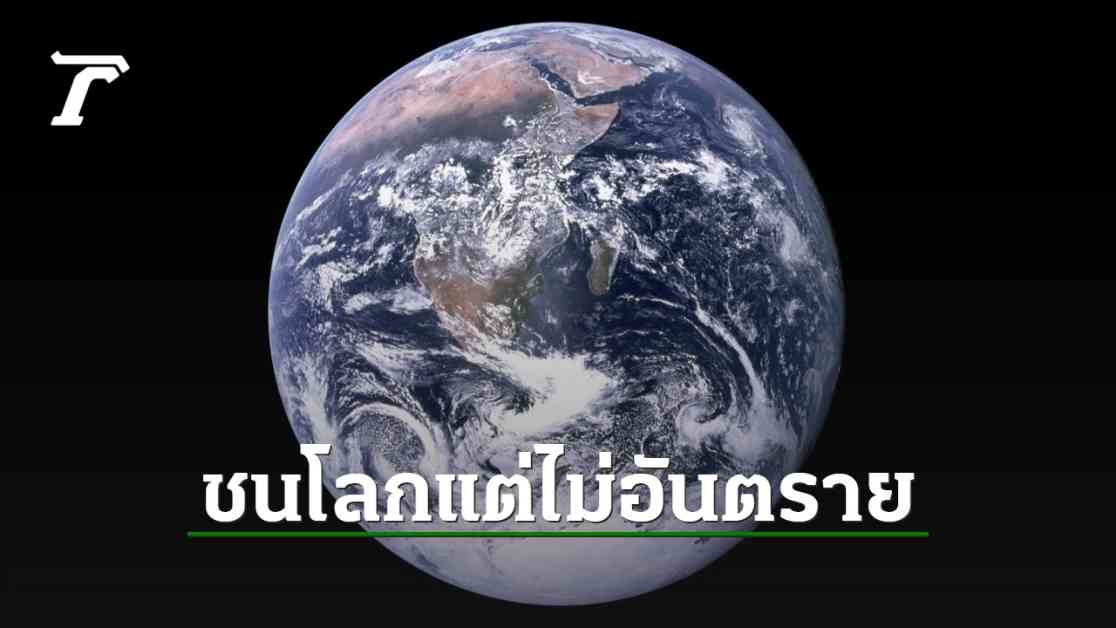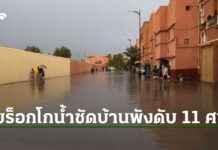Impact of Asteroid 2024 RW1 Collision
On a quiet night, while most of the world was asleep, a small asteroid known as 2024 RW1 made a dramatic entrance into Earth’s atmosphere. The European Space Agency (ESA) revealed that this asteroid, measuring approximately 1 meter in size, collided with our planet and burned up in the atmosphere above the Philippines, near Luzon Island. The event occurred at 12:39 AM on Wednesday, Eastern Time, or around 11:39 PM on the same day in Thailand. The Catalina Sky Survey, funded by NASA, initially discovered the object early Wednesday morning, naming it “CAQTDL2” before it was officially designated as “2024 RW1.”
While asteroids of this size are known to approach Earth roughly every two weeks, detecting them before they impact our planet is a significant challenge. In fact, 2024 RW1 is only the ninth asteroid that humans have detected before it collided with Earth. ESA confirmed that 2014 RW1 posed no threat and disintegrated completely in Earth’s atmosphere. Residents in the vicinity of the impact may have witnessed a spectacular fireball streaking across the sky, but the risk of being hit by debris from the asteroid is minimal.
Monitoring Near-Earth Objects
The incident involving asteroid 2024 RW1 serves as a reminder of the importance of monitoring near-Earth objects (NEOs) and developing strategies to mitigate potential impacts. While the majority of asteroids that enter Earth’s atmosphere burn up harmlessly, larger objects could pose a significant threat if they were to strike populated areas. Organizations like NASA and ESA are actively tracking NEOs and developing technologies to deflect or destroy any asteroids on a collision course with Earth.
One such initiative is NASA’s Planetary Defense Coordination Office, which collaborates with international partners to enhance our ability to detect, track, and characterize NEOs. By identifying potential threats in advance, scientists can calculate the probability of impact and take appropriate measures to protect the planet. While the chances of a catastrophic asteroid impact are low, the consequences would be devastating, underscoring the need for continued vigilance in monitoring NEOs.
The Threat of Asteroid Collisions
Asteroid impacts have shaped the history of our planet, from the extinction of the dinosaurs to the formation of craters like the one in Chicxulub, Mexico. While most asteroids burn up in the atmosphere or land in uninhabited areas, the risk of a significant impact remains a concern for scientists and policymakers. In recent years, advances in technology have enabled astronomers to detect and track more NEOs, reducing the likelihood of a surprise collision.
One of the most famous asteroid impacts in recent history occurred in 2013 when a meteor exploded over Chelyabinsk, Russia, injuring over 1,000 people and causing widespread damage. The event served as a wake-up call for the global community, highlighting the potential dangers posed by asteroids and the importance of preparedness. While the Chelyabinsk meteor was relatively small, larger asteroids could have catastrophic consequences if they were to strike a densely populated area.
As we continue to explore the cosmos and expand our understanding of the universe, monitoring NEOs and developing strategies to mitigate the threat of asteroid impacts will be crucial for safeguarding our planet and ensuring the safety of future generations. By investing in technology and international cooperation, we can minimize the risk of a catastrophic collision and protect our planet from the destructive forces of space.



















